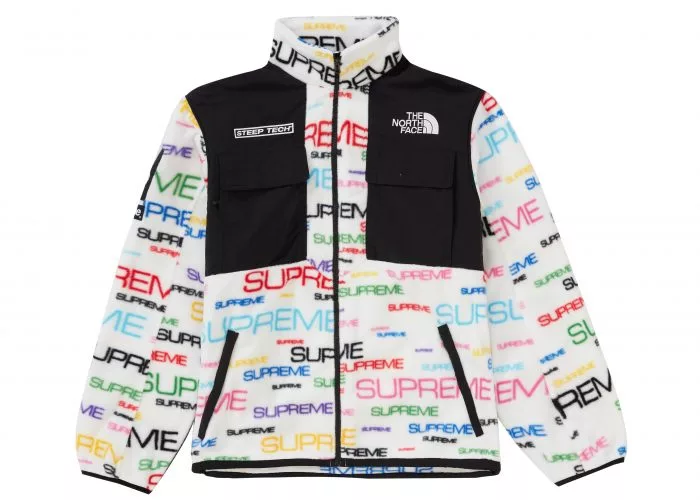Polar Fleece was a winter staple renowned for its high-performance; with optimal thermal and moisture-wicking capabilities, Polar Fleece was infamous for maintaining a super-lightweight and soft feel, unlike fabrics such as chinchilla and wool. In recent years, the material has largely fallen out of rotation due to innovation in Fleece fabrics and concerns over its sustainable credentials, but we take a look at the history of this versatile and historically groundbreaking fabric, and how it can have a part to play in the future of the circular economy.
Photo: The Malden Mills Industries factory in Massachusetts. (Source: architectsandartisans.com)
In 1979, Malden Mills, a textile manufacturer in Massachusetts experimented with the potential of polyester, under the trademark ‘Polarfleece’, a name which was later to be adopted by the fashion and outdoor performance clothing industries as ‘Polar Fleece’. Engineers began experimenting with polyester’s durability for outdoor performance-wear, by converting the polyester yarn into a dense fabric that resembles a lighter version of terrycloth. A cost-effective alternative to wool and chinchilla, with superior performance was successfully developed, and through a partnership with Patagonia, Malden Mills saw the Polar Fleece become widely adopted as a functional, yet fashionable fabrication for the colder months. The fabric was initially incorporated into many functional items, as a thermal layer for outdoors adventurers, and soon replacing cardigans and knitted pullovers popular in the 70s and 80s. It even became a popular component in clothing for pets!
How the fleece became fashionable
Over time, developments in Polar Fleece’s colors and styles led to an all-time rise in popularity in the 90’s as the industry developed graphic-iterations using the fabric. One of the most popular Polar Fleece adaptations being graphic sweaters and hooded pullovers seen throughout the 80s and 90s, often featuring wolf fleece artwork or nature scenes. Interestingly enough, today we continue to see adaptations of the graphic outerwear as 90s nostalgia hits the shelves of retail outlets. Most recently streetwear brand Supreme developed their own takse on the original Polar Fleece jacket, as seen in the image below.

Photo: Supreme New York. The streetwear brands adaptation of the popular 90s Polar Fleece sensation has nostalgic appeal almost 30 years on. (Source: https://www.stockx.com)
The sustainable future of fleece
In line with consumer demand and pressures on the industry for more sustainable iterations of Polar Fleece, developments in the fabric have been created to suit a greener outlook, and fleece continues to appear on-shelves and even catwalks. Plastic bottle recycling has been a particular win for the development of Fleece, but we see another future for this innovative fabric of the past. Due to the technical durability of the fiber, garments dating back generations maintain their structure and are an ideal component to be reproduced into new clothes and accessories. With upcycling on the rise, we will see new life given to old products and there’s no doubt that with some innovation, Polar Fleece has a part to play in the circular economy.








